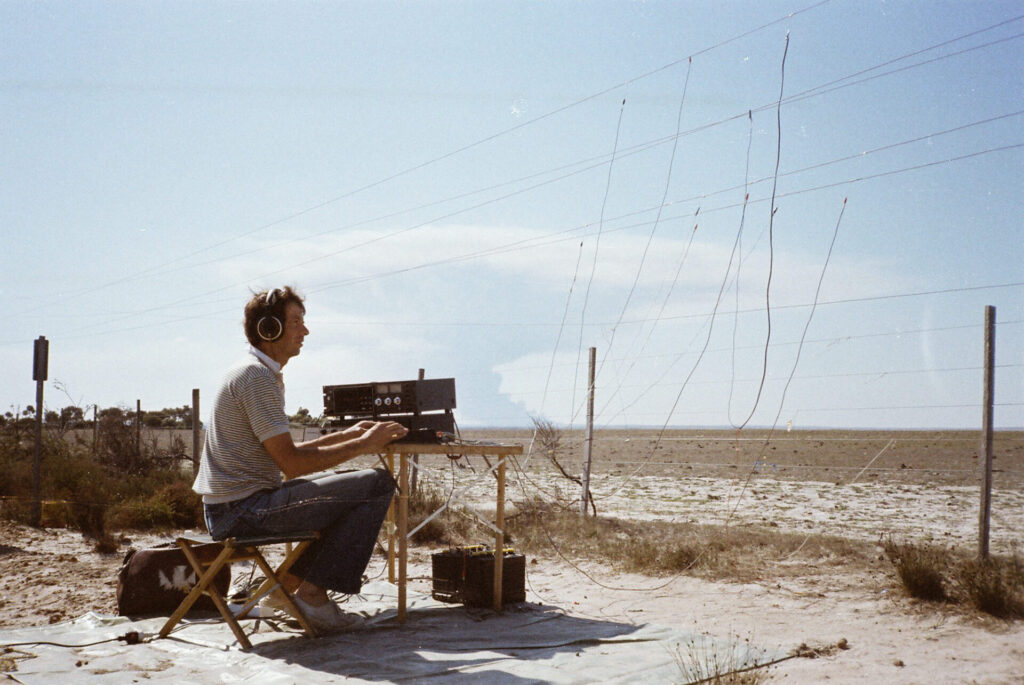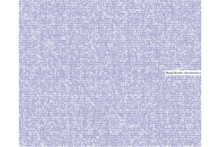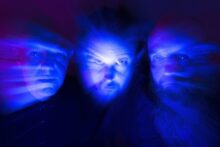It’s remarkable to think how one seemingly inconsequential interaction or moment in our lives can open up a whole universe of inquiry.
When Alan Lamb was just five, his nanny My would take him on walks near Dunning in Perthshire and would often stop to press her ear up to telegraph poles. She invited Alan to do the same, saying to him it was a way to ‘hear the sound the world made’. This simple invitation deeply influenced Lamb and resonated forward across the entirety of his life.
Emigrating with his family to Australia in 1951, Alan Lamb spent most of his youth in Peppermint Grove, a suburb on the north side of the Swan River, Perth. He was a keen student, excelling at numerous academic pursuits including mathematics. Following school, he enrolled in medicine and would go on to specialise in areas of biomedical research including neural circuits and physiology of the brain.
In 1971, after visiting an exhibition of kinetic art at the ICA in London, Lamb starting to explore sculpture, eventually developing a piece based on the idea of light diffracted through flowing water. It was through this fluidity of motion he started to contemplate how sound might be considered in relation to this phenomenon, moreover how the dynamic perpetual evolution captured in shimmering light as seen through water, might be achieved acoustically.
Over the next half-decade, he began to research and seek out the possibilities of this vibrant and evolving music. Initially working with strings that were manipulated whilst suspended in magnetic fields, it was again an incidental moment in Scotland that unlocked what would eventually become his modus operandi.
Whilst on holidays in the Isle of Mull, Lamb parked his van on the side of a small road. He had every intention of resting there, but when he heard a telephone line overhead singing in the wind he was drawn out of his car. It was a sound that completely transfixed him. One which was emanating directly from the interactions of materials and the world, a stunning reconnection to his earliest experiences with My, his nanny.
The following year, whilst visiting his sister in Perth at a farm near the Fitzgerald National Park, Lamb came across a line of abandoned telephone poles, 12 of them with six wires stretching a half mile. As he stood there looking at the poles, he could hear a faint voice singing from the wires.
Only a short time later he had acquired the poles and their humming wires for a mere $10AUD (an unthinkable $76AUD today, based on inflation). This purchase would result in a series of works that came to represent a unique rendering of the sound of Australia. Dubbing the poles the Faraway Wind Organ, Lamb would record a great many hours of material over the next decade that would be the raw materials of pieces such as ‘Night Passage‘, ‘Primal Image‘ and ‘Beauty’.
The recordings themselves, whilst performed during the 80s at spaces such as the Fremantle Art Gallery and on radio programs such as the Australia Broadcasting Commission’s Surface Tension were not widely heard outside Australia. It wasn’t until Darrin Verghagen’s imprint Dorobo published the recordings in the mid-1990s that this work started to be more widely recognised. Reinterpretations by contemporaries such as Ryoji Ikeda, Thomas Köner, Bernhard Günter, and Lustmord placed the work in a unique space amidst a burgeoning sound art community.
What continues to be so extraordinary about these recordings is that they present a material reading of sound which seems so very far ahead of its time. Listening to the recordings Lamb made, there’s a sense of otherworldliness, what Mark Fisher might have defined as uncanny or even eerie. Listening past this unfamiliarity though the wires start to tell a story not just of themselves as materials, but as conduits to climate and even fauna.
Without realising it, Alan Lamb had uncovered a remarkably singular field recording methodology, one that not only paid particular attention to the very nature of the materials being recorded, but also the harmonies such materials might produce, and furthermore the ways in which these materials react to the world that unfolds around them. In some moments, it’s possible to imagine you are listening to Alan Lamb, listening to the wires, listening to the world around them. A sensory reaching inward and outward in the same moment.
Revisiting pieces like ‘Primal Image’ for instance, there are moments where the wind, coursing across the West Australian plains caresses the wires with an almost cinematic intensity. In other instants insects collide with the wires, creating the characteristic pings that sizzle up and down along the length of the taut metal. There’s even a moment where a crow flies by, its aching craw being collected and redistributed in the wires with a wondrously resonant quality.
Alan Lamb is, without question, one of the pioneers of Australian exploratory sound practices. His work opened a pathway for a generation of makers, myself included, that held a torch to both curiosity and profound dedication to the chaotic harmonies of the world around us.
His recorded legacy celebrates a way of approaching the world that can hold fascination across an entire lifetime. His body of work acts as a wonderful reminder of how the smallest of childhood encounters can accumulate into a lifetime of wonderment with the perpetual soniferous murmurings of our world.
Thank you for inviting us to listen with you Alan.





